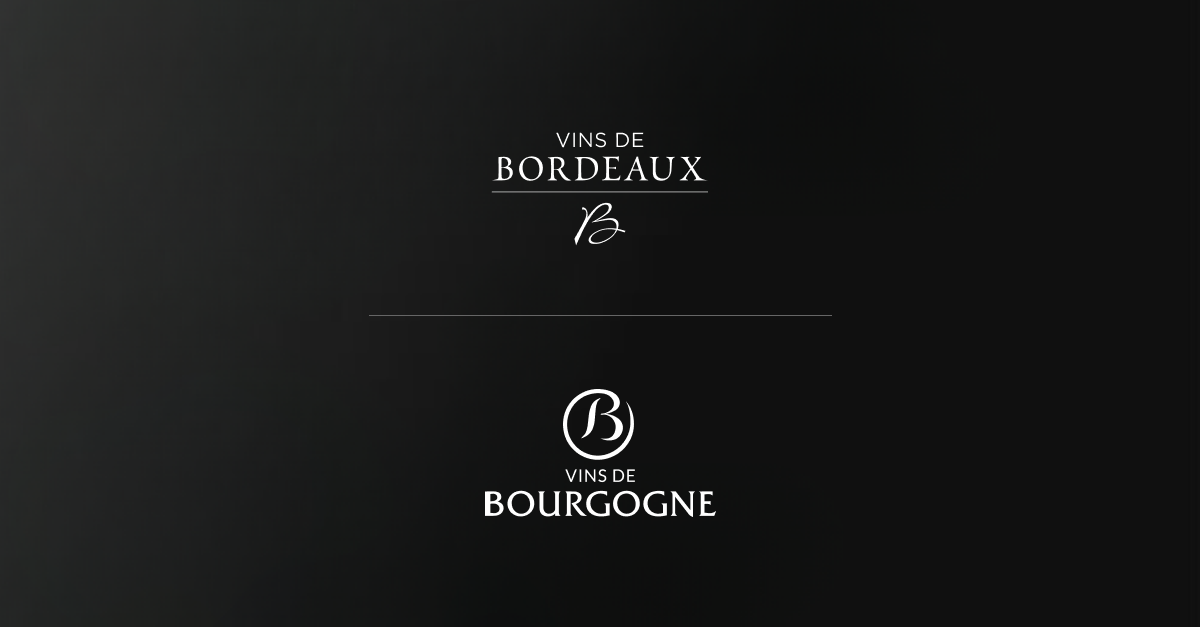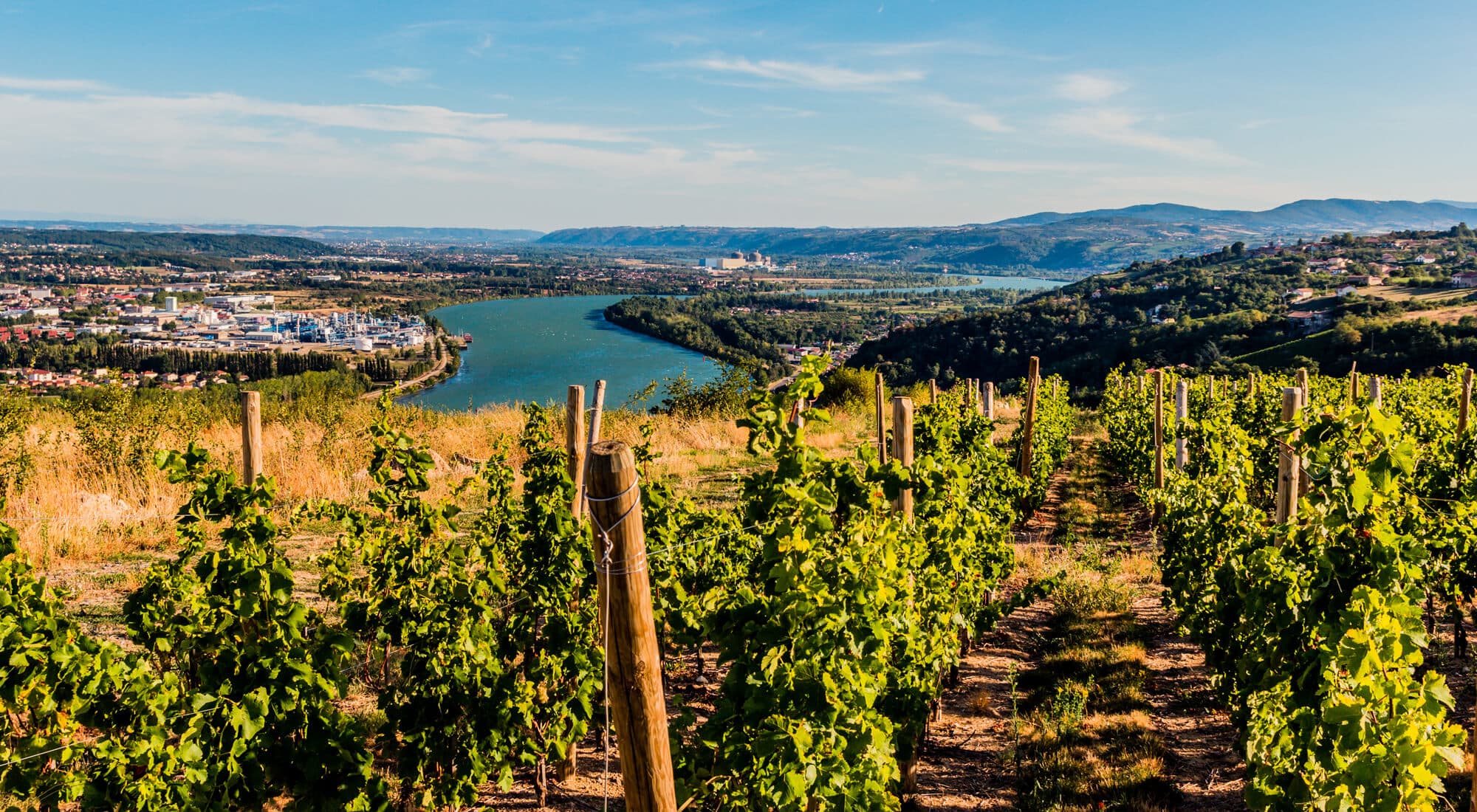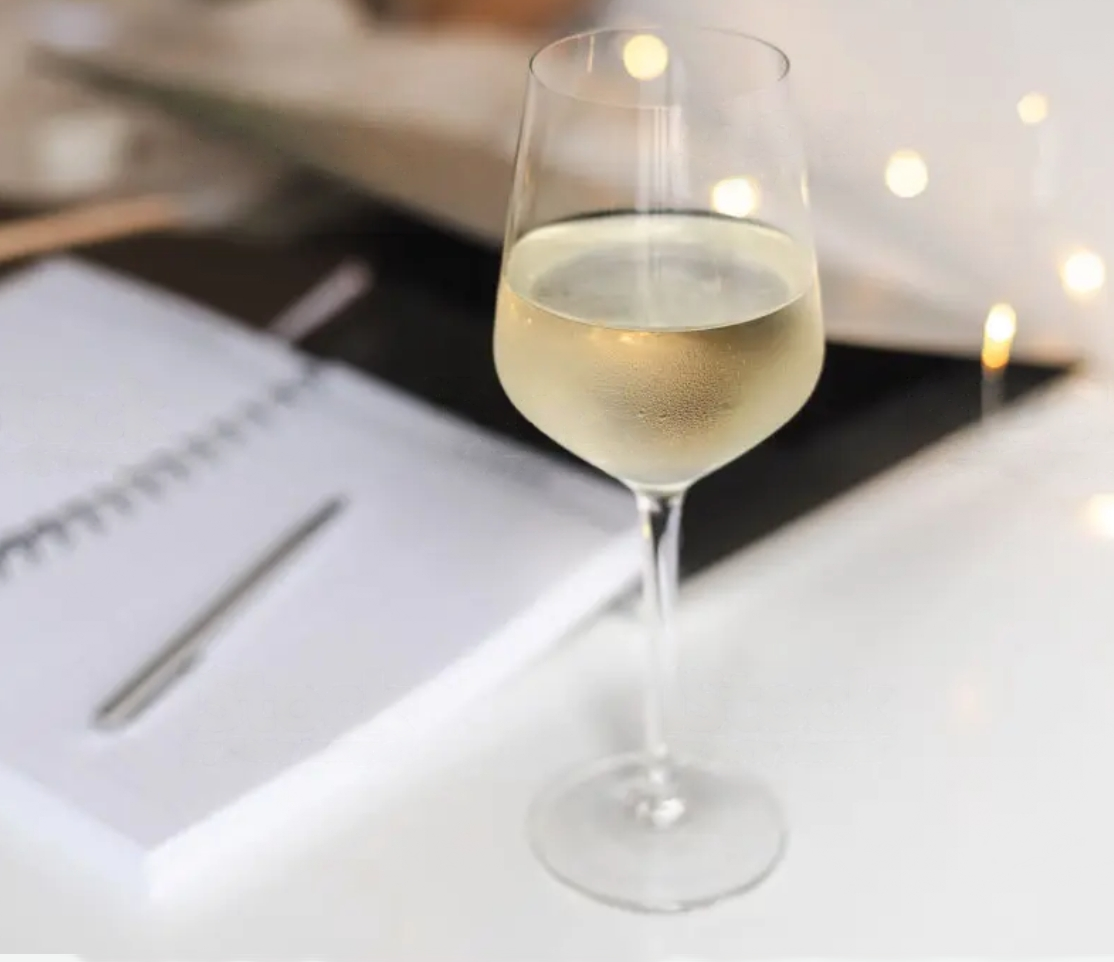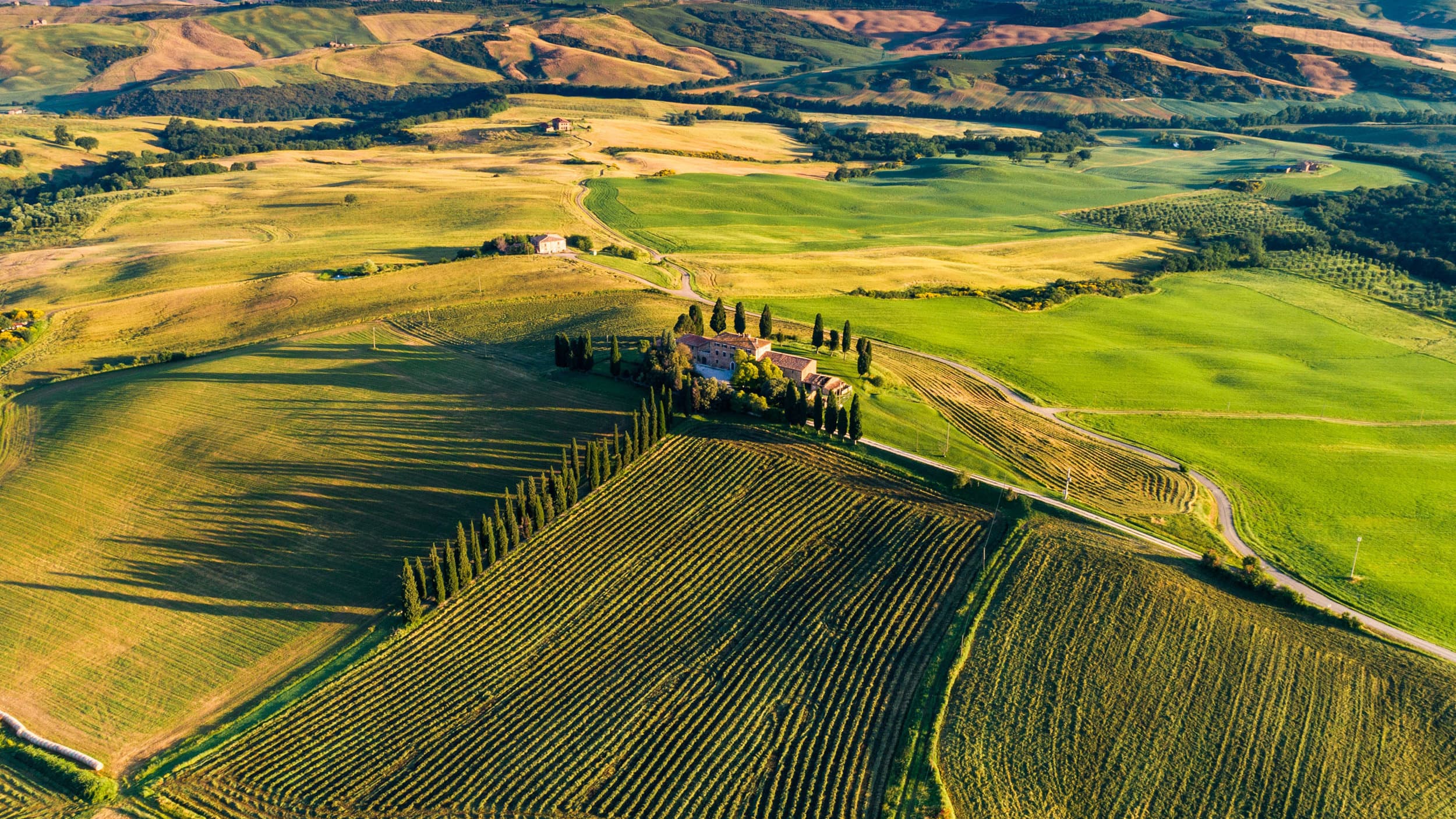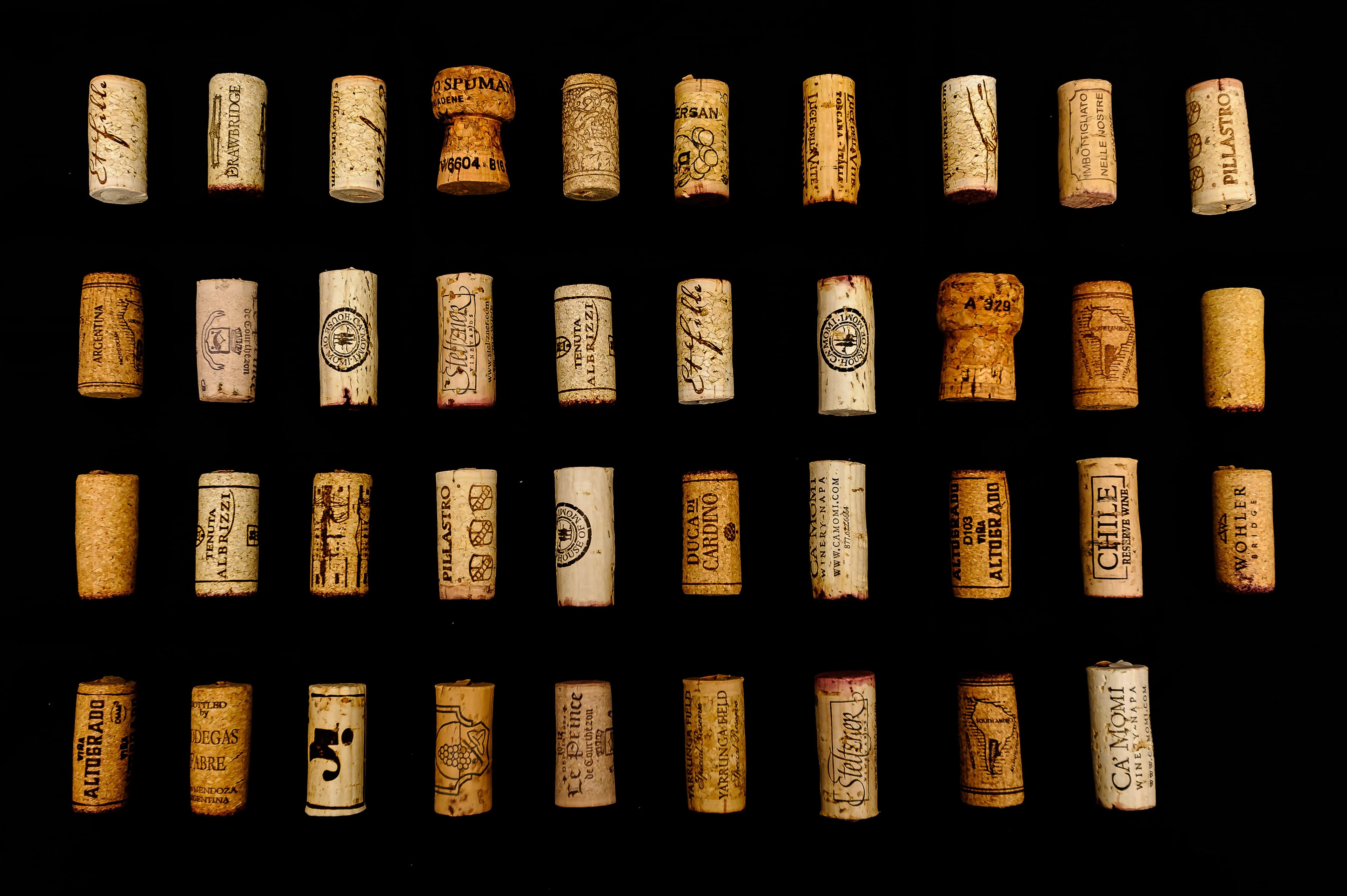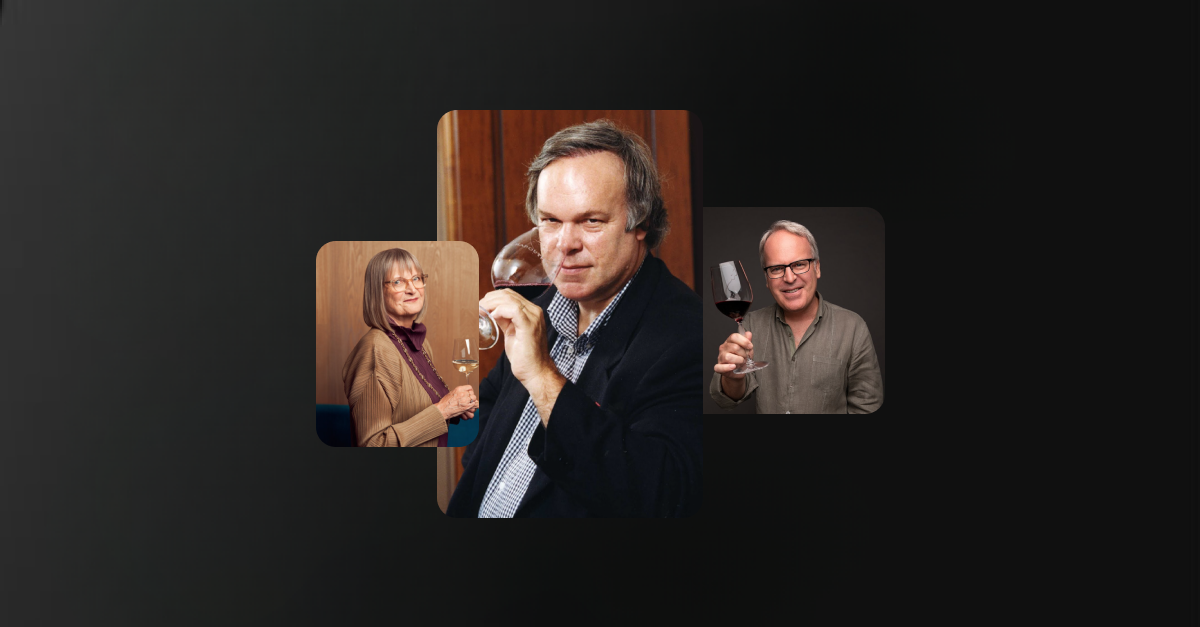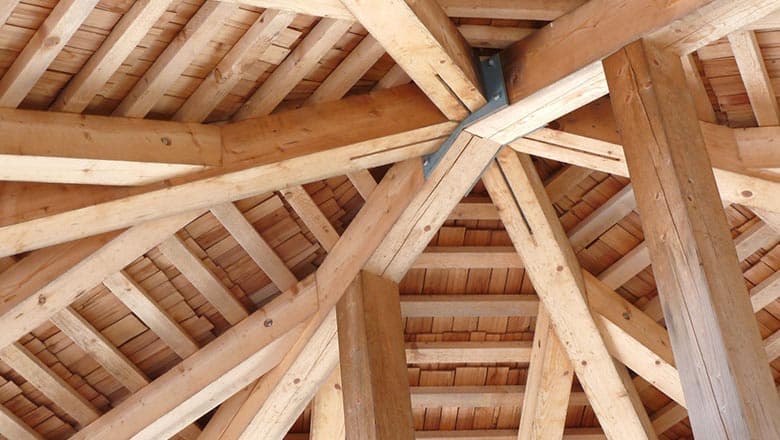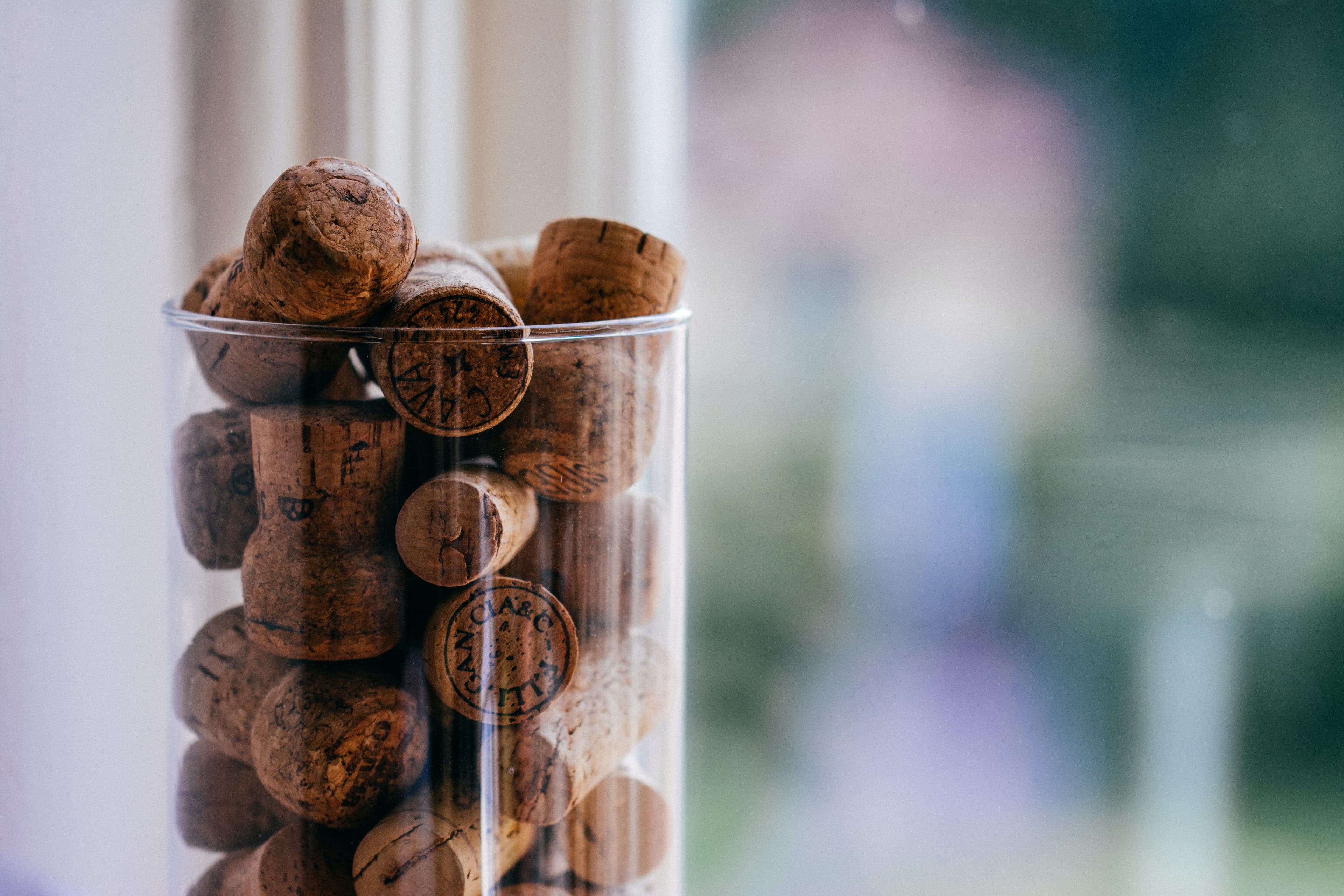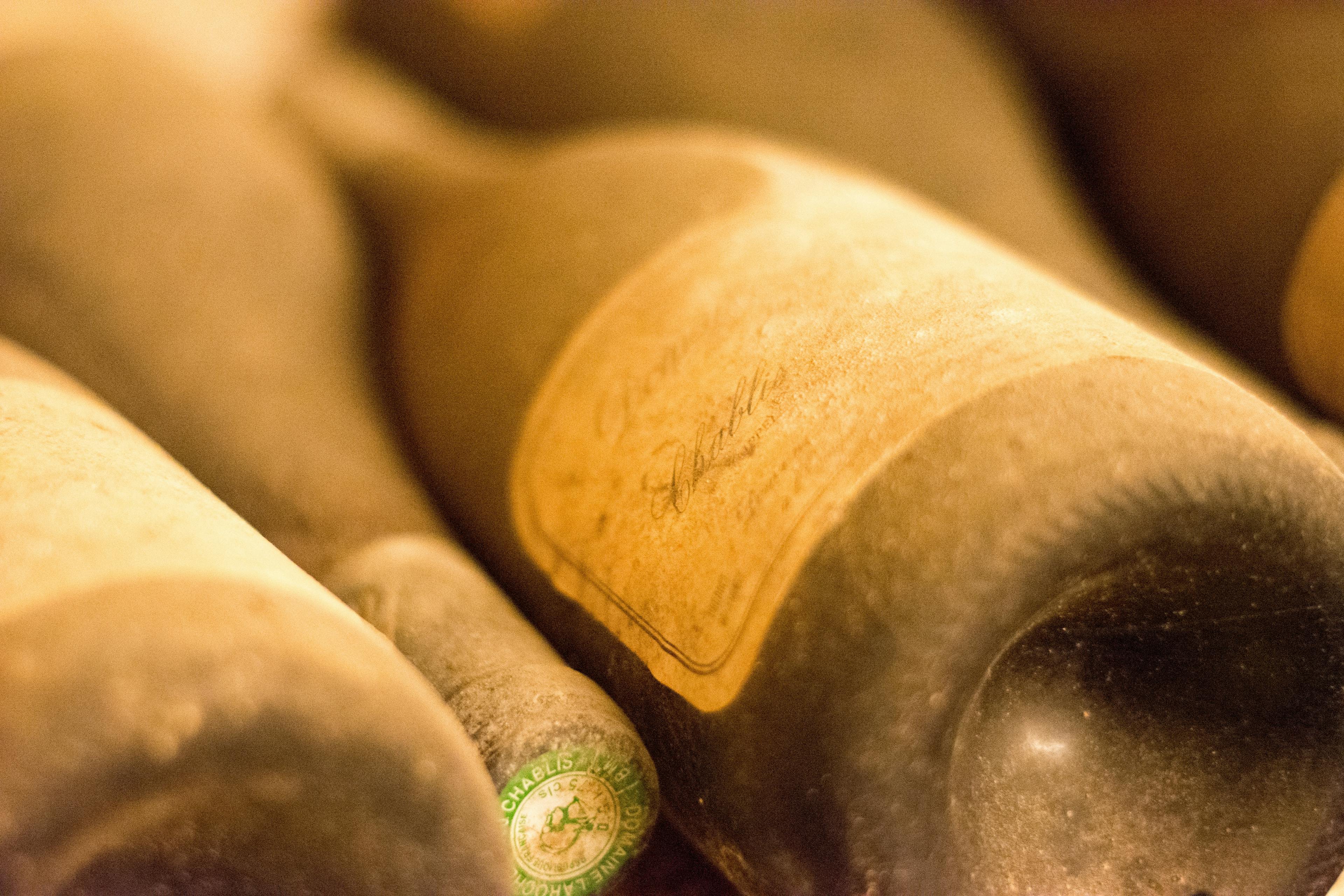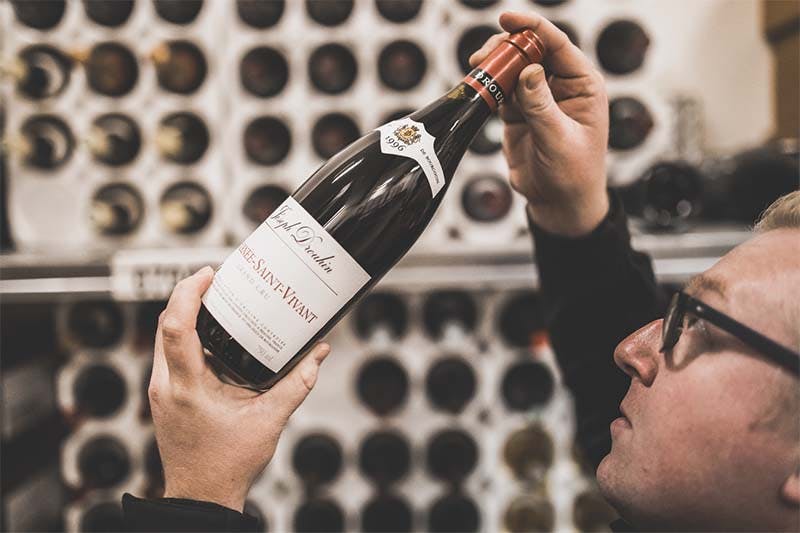
Nestled in the heart of Bordeaux, Château Coutet stands as a beacon of winemaking excellence, embodying centuries of dedication and skill. This storied estate is celebrated not only for its storied past but also for its commitment to sustainable viticulture and the production of some of the region's most distinguished sweet wines. The craftsmanship behind Château Coutet is a fascinating blend of tradition and innovation, where ancient techniques meet modern technology to create wines of extraordinary complexity and depth. As we explore the nuances of this prestigious winery, we'll uncover the secrets that make Château Coutet a symbol of quality and refinement in the wine world.
The Vineyard: Care and Cultivation Techniques
At Château Coutet, the vineyard management is a testament to dedication and precision, ensuring that each grape reflects the estate's unique terroir. The cultivation techniques employed here are a blend of traditional practices and modern innovations, tailored to enhance the quality of the vines while respecting the environment. Key aspects of their approach include:
Soil Management: The health of the soil is paramount. Organic matter is regularly added to ensure it remains fertile and vibrant. This practice helps retain moisture and nutrients, which are crucial for the vines during the growth period.
Pruning Techniques: Expert vintners at Château Coutet meticulously prune the vines to control their growth and ensure optimal sun exposure and air circulation. This careful pruning helps prevent disease and promotes the production of high-quality grapes.
Water Management: Irrigation is used sparingly to encourage the roots to grow deep into the ground, which naturally improves the vines' resilience and enhances the grapes' flavor profile.
Pest Control: Integrated pest management strategies are implemented to minimize chemical use. By promoting biodiversity and using natural predators, the vineyard maintains a balanced ecosystem.
For those looking to store their Château Coutet wines, understanding these meticulous vineyard practices can deepen appreciation for the craftsmanship in each bottle.
Harvesting Methods: Timing and Techniques
Harvesting at Château Coutet is a meticulous process that emphasizes both timing and technique to ensure the grapes are at their peak. The vineyard's unique microclimate contributes to the development of the noble rot, crucial for the distinct sweetness of their wines. Harvest typically begins in late September or early October, a period when morning mists and sunny afternoons are prevalent, ideal for this natural phenomenon.
Grape pickers at Château Coutet harvest in several passes, selectively picking only the most perfectly botrytized grapes each time. This labor-intensive method guarantees that each grape contributes optimally to the final blend, enhancing the wine's complexity and depth. The timing of each pass is critical; it requires precise judgment to determine when the grapes have reached the perfect balance of sweetness and acidity.
For those interested in how to best enjoy these meticulously crafted wines, exploring food pairings can greatly enhance the tasting experience. Pairing suggestions include:
Foie gras or pâté
Roquefort or other blue cheeses
Spiced or caramelized nuts
Fruit-based desserts like tarte tatin
Each pairing complements the wine’s rich profiles, making every sip a memorable one.
The Role of the Winemaker at Château Coutet
At Château Coutet, the winemaker's role is pivotal in maintaining the estate's reputation for producing some of the finest sweet wines in the Bordeaux region. This individual is tasked with overseeing the vineyard management, which includes deciding the optimal time for harvesting based on sugar levels and acidity to ensure the grapes are perfect for creating Coutet’s signature dessert wines.
The winemaker also plays a crucial role in the fermentation process, carefully monitoring temperature and employing techniques that enhance the wine's distinct character. This includes deciding on the duration of fermentation and the specific yeasts to be used, which significantly influence the final product's flavor profile.
Additionally, aging the wine is a critical responsibility. The winemaker must choose the right type of oak barrels and determine the length of aging to balance the wine's sweet and acidic components effectively. This process helps develop the complex flavors that Château Coutet is known for.
For more detailed information, explore these facts about Château Coutet, which highlight the winemaker's intricate craft and the estate's rich history.
Fermentation Process: Traditional vs. Modern Approaches
Exploring the fermentation process at Château Coutet reveals a fascinating blend of traditional and modern techniques. Traditionally, this esteemed winery has relied on natural yeast present on the grapes and in the winery environment to initiate fermentation. This method, known as spontaneous fermentation, is believed to enhance the wine's complexity and terroir expression.
In contrast, modern approaches often involve the use of cultured yeasts. These are specifically selected for their ability to provide consistent results and to manage fermentation more predictably. This technique can be particularly beneficial in controlling the fermentation of botrytized wines, ensuring that the process stops at the optimal sugar and alcohol levels.
Both methods have their merits:
Traditional fermentation tends to produce wines with unique, often unpredictable flavor profiles that reflect the specific conditions of the vineyard.
Modern techniques offer more control over the end product, allowing winemakers to achieve desired sweetness and alcohol content with greater reliability.
For those interested in how these methods influence the final product and how to serve it, Château Coutet offers a remarkable case study. The choice between these approaches can significantly affect the aroma, taste, and overall character of the wine.
The Art of Blending Different Vintages
Blending different vintages at Château Coutet is an intricate process that showcases the expertise and artistic flair of the winemakers. This technique, known as assemblage, involves combining wines from various years to create a balanced and complex final product. Each vintage contributes unique characteristics, influenced by the specific climatic conditions of its year. The winemaker's role is crucial in deciding the proportion of each vintage to include, ensuring that the blend maintains the estate's distinguished profile.
Selection of Vintages: The process begins with a meticulous selection of the best vintages. These are chosen based on their individual qualities and how well they can enhance the blend.
Tasting and Experimentation: Next, extensive tasting sessions occur where different combinations are tested. This step is vital for understanding how the vintages interact with each other.
Final Blend: Once the ideal combination is found, the final blend is created. It then undergoes further aging to harmonize the flavors.
The history of Château Coutet deeply influences this blending art, as generations of knowledge and tradition guide the winemakers in their choices, ensuring the legacy of quality continues.
Barrel Aging: Types of Wood and Duration
Barrel aging is a crucial step in the production of Château Coutet, significantly influencing the taste of the final product. The choice of wood and the duration of aging are both pivotal factors that winemakers carefully consider to enhance the wine's complexity and character.
Oak Barrels: Traditionally, French oak is preferred for its tight grain and ability to impart subtle flavors and tannins, enhancing the wine’s structure and longevity. Aging in these barrels can vary from several months to a few years depending on the desired outcome.
American Oak: This type of wood is known for its more pronounced vanilla flavors and sweeter notes. It tends to be used for shorter periods to avoid overpowering the wine’s natural flavors.
Chestnut Barrels: Less common but valued for their porous nature, which allows a higher level of oxygenation. This can speed up the aging process and introduce a unique, robust flavor profile.
Duration of Aging: The length of time wine spends in barrels affects its integration of oak flavors. Longer aging periods typically result in a smoother, more rounded finish, while shorter periods preserve more of the grape’s original fruit characteristics.
Choosing the right type and duration of barrel aging is essential to achieving the desired balance and depth in Château Coutet wines.
Quality Control: Ensuring Consistency in Each Bottle
Quality control at Château Coutet is a meticulous process, designed to ensure that each bottle of wine maintains a consistent standard of excellence. This begins in the vineyard, where the health of the vines is closely monitored. Soil conditions are regularly assessed to optimize the growth of the grapes. During harvest, only the best grapes are selected, a practice that significantly influences the quality of the wine.
In the winery, the fermentation process is carefully controlled. Temperature and fermentation duration are adjusted to suit the specific characteristics of each batch. Aging in oak barrels further refines the flavor and aroma profiles, adding subtle nuances that are characteristic of Château Coutet's popular vintages.
To ensure consistency, each vintage undergoes rigorous testing before bottling. The winemakers at Château Coutet use a combination of traditional techniques and modern technology to assess the quality of the wine. This includes:
Sensory evaluations by expert tasters
Chemical stability tests to predict aging potential
Microbiological analysis to ensure purity
Through these comprehensive measures, Château Coutet upholds its reputation for producing exceptional and reliably high-quality wines.
Innovations in Winemaking at Château Coutet
Château Coutet, a revered name in the Bordeaux wine region, stands out for its pioneering approach to winemaking. This esteemed estate has introduced several innovations that significantly enhance the quality and distinctiveness of its wines. One notable advancement is the integration of biodynamic farming techniques, which emphasize the ecological balance within the vineyard, promoting healthier soil and vines. Additionally, Château Coutet has adopted the use of optical sorting technology during harvest. This allows for more precise selection of grapes, ensuring only the best quality is used for wine production.
Another key innovation is the estate's method of barrel aging. By utilizing a unique combination of new and old French oak barrels, they achieve a subtle complexity in their wines, enhancing the characteristics that make them stand out. Furthermore, the winery has pioneered a low-intervention philosophy in the cellar, minimizing the use of additives and relying more on natural yeast strains. This approach helps to preserve the authentic expression of the terroir.
Biodynamic farming for ecological balance
Optical sorting for grape selection
Strategic barrel aging for complexity
Low-intervention cellar practices to maintain terroir integrity
These techniques collectively contribute to the high standards and uniqueness of Château Coutet's wines.
The Team Behind the Wine: From Vine to Bottle
At Château Coutet, the journey from vine to bottle is meticulously overseen by a dedicated team of experts, each specializing in different aspects of winemaking. This group includes seasoned viticulturists, skilled winemakers, and knowledgeable cellar masters, all united by their passion for crafting exceptional wines.
Viticulturists play a crucial role in managing the vineyards, ensuring that each vine grows under optimal conditions. They monitor soil health and climate factors to guarantee the best possible grape quality.
Winemakers take the harvested grapes and artfully transform them into wine. Their expertise in fermentation techniques and flavor balancing is essential for producing the distinct taste Château Coutet is known for.
Cellar Masters oversee the aging process, carefully selecting the right barrels and storage conditions to enhance the wine's complexity and character.
Together, these professionals ensure that every bottle of Château Coutet reflects the rich heritage and meticulous care that goes into enjoying every sip. Their collaborative efforts result in a wine that not only tastes exquisite but also tells the story of its origin and the people who made it.
Crafting a Legacy: Passing Down Skills
At Château Coutet, the art of winemaking is deeply rooted in tradition, with skills passed down through generations. This process ensures that each bottle reflects the rich history and expertise that define the estate.
Mentorship and Apprenticeship: Young vintners at Château Coutet learn from seasoned experts, engaging in hands-on activities that cover everything from vine pruning to the subtleties of fermentation. This mentorship is crucial for maintaining the high standards set by previous generations.
Family Involvement: Involvement of family members in various aspects of the winery's operations helps preserve the personal touch that is a hallmark of their wines. Each generation contributes new ideas, yet respects the time-honored methods that have proven successful.
Documenting Techniques: To ensure consistency and continuity, detailed records of winemaking techniques and vintage reports are meticulously maintained. These documents serve as guides for future vintners and as a historical record of the estate’s evolution.
Community Workshops: Château Coutet often hosts workshops and seminars for the local community, aiming to instill a love for winemaking in others and to ensure that their rich heritage continues to thrive in the region.
Conclusion
In conclusion, the meticulous craftsmanship behind Château Coutet is what sets it apart in the world of fine wines. From the careful selection of grapes to the traditional methods of vinification, every step in the process is designed to enhance the unique characteristics of the wine. This dedication to quality not only preserves the rich heritage of the Château but also ensures that each bottle offers a remarkable experience for wine enthusiasts.
At Rekolt, we recognize the importance of such craftsmanship and are committed to providing our customers with only the finest wines. Our partnership with esteemed vineyards like Château Coutet allows us to offer exclusive access to some of the world's most sought-after wines. Moreover, our professional cellar storage option ensures that these exquisite wines are maintained in optimal conditions, preserving their quality and enhancing their value over time. This service is particularly beneficial for those looking to invest in wine, providing a secure and efficient solution for both storing and trading fine wines.
Whether you are a seasoned collector or a new enthusiast, Rekolt offers a seamless and reliable platform to explore, purchase, and manage your wine investments. By combining luxury wines with professional storage solutions, we help ensure that the craftsmanship behind each bottle is preserved until the moment it is ready to be enjoyed, making every sip a testament to the art of winemaking.
Share this article
